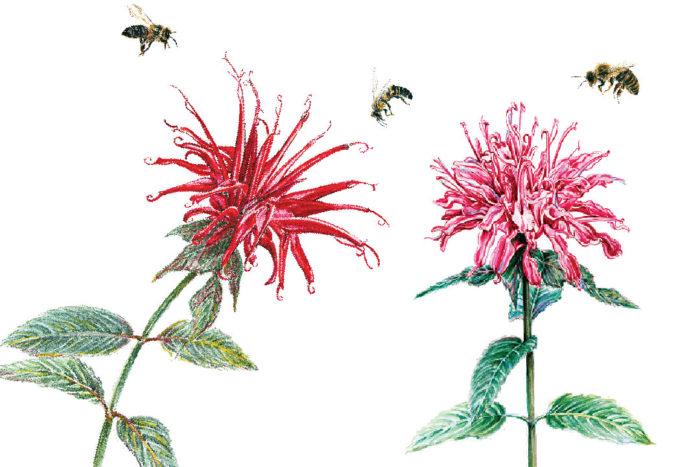
Enthusiasm for native plants continues growing each year as we become increasingly aware of and concerned about the deleterious impacts humans have on the natural world. These impacts, which include habitat loss, climate change, and insecticide use, have certainly intensified over time. This can inspire motivation to take action, often beginning in one’s garden.
At the same time, a familiar scene typically plays out at local nurseries across the United States when customers arrive to purchase ecologically friendly plants for their gardens. Seldom seen are the native, unmodified, “straight species” originally emanating from nature. Instead, customers find a veritable collage of native plant cultivars featuring qualities such as larger flowers, compact sizes, improved disease resistance, alternative leaf coloration, and other attributes deemed “garden worthy.” These cultivars are sometimes the result of years of concerted breeding efforts, which are then maintained through asexual propagation techniques.
Learn more: Do pollinators have a preference for natives or nativars?
A study of phlox cultivars yields a surprising result
Inquisitive minds may begin to wonder if these “improvements” come with as many benefits to pollinators and wildlife as the original species from which they derive. For instance, when a plant has been bred to have larger flowers featuring a different color, or even double flowers, does it attract pollinators to the same degree as an unmodified native, or does it furnish them with a similar level of nectar benefits? Perhaps such a plant functions instead as “fool’s gold,” masquerading as a beneficial native plant while not offer ing anything in the way of ecological services to pollinators? These were the questions that informed the experimental work I conducted for my graduate studies, which involved assess ing insect preferences for various cultivars and analogue species in the genus Phlox.
The setting for my experiment was the Trial Garden at the Mt. Cuba Center in Hockessin, Delaware, where a lengthy Phlox performance trial was underway. Working with volunteers from Mt. Cuba Center’s Pollinator Watch, I monitored insect visitation as a means of determining preference, recording data over a 119-day window from midspring to late summer in 2015. I also sampled over 1,000 individual flowers for nectar sucrose content and measured their floral part sizes to determine if these are a factor in encouraging or dissuading pollinators.
Phloxes tested
|
My hypothesis was that straight species would outperform cultivars in attracting native pollinators to their nectar-rich flowers. This assumption was based in large part on scientific knowledge of how plants and animals have coevolved to rely on each other, specifically within a pollination biology framework. Given my hypothesis, it came as a surprise that over a four-month window of recording 722 total insect visits, the garden phlox cultivar ‘Jeana’ (P. paniculata ‘Jeana’, Zones 4–8) was determined to be the most attractive plant in the trial, with two and a half times the visits of the next closest cultivar, and seven times more than the straight species! One potential reason for this is its very floriferous nature and its smaller, shallower flowers that are easier for pollinators to access. In fact, my analysis indicated that nectar sugar concentration did not factor particularly strongly in attraction, but the width of the corolla opening did, with strong insect preference toward plants, like ‘Jeana’, that have a narrow flower opening.
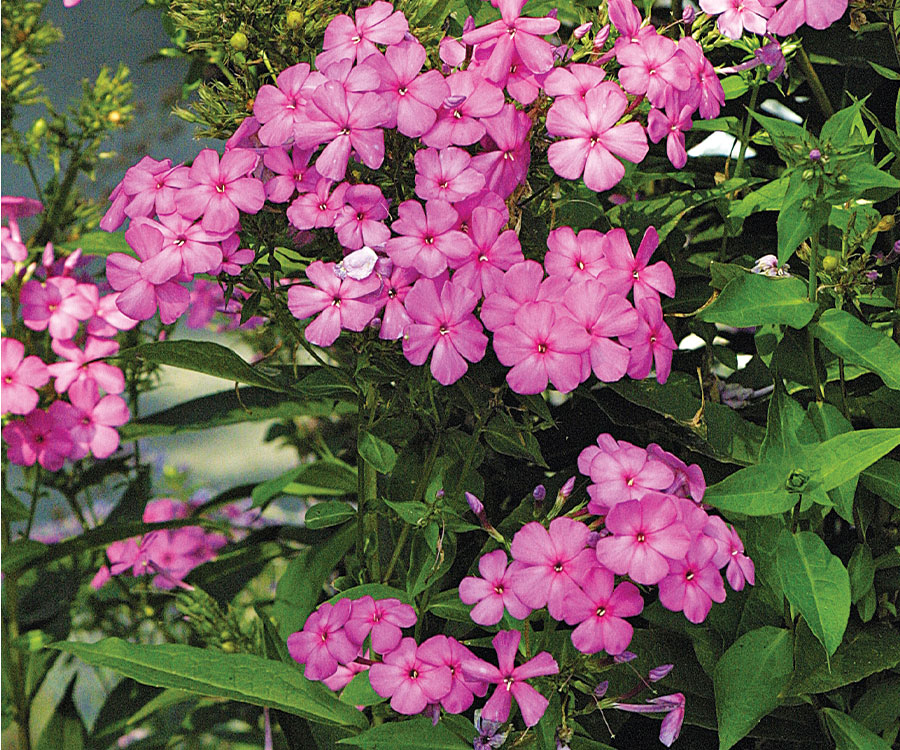
While this might appear to suggest that cultivars are just fine as substitutes for straight species in terms of providing ecological benefits, the actual discussion is more nuanced. For starters, ‘Jeana’ is a wild-selected cultivar, originally sourced from a colony growing along the Harpeth River outside of Nashville. Cultivars (“cultivated varieties”) are selections of plants that can include everything from wild forms to plants developed through rigorous breeding programs that are often given a marketing name to distinguish them in the nursery trade. In the phlox trial, when compared to intentionally bred cultivars, the straight species and wild-selected cultivars generally outperformed their counterparts. This leads me to recommend planting wild types and wild-derived cultivars before delving into bred selections.
Beyond my experimental work, surveys have been conducted by Penn State University Extension (Bees, Bugs, and Blooms project), the University of Vermont’s Annie White, the University of Delaware’s Owen Cass, and others. In general, most research has found that straight species outperform associated cultivars in terms of attraction; however, this is not exclusive, and there are specific examples where cultivars have demonstrated greater attraction. For example, Dr. White observed an insect preference for a cultivar of Culver’s root (Veronicastrum virginicum ‘Lavendelturm’, Zones 4–8) over the straight species, though this was the one instance of a cultivar outperforming its analogue out of twelve native straight species and fourteen native cultivars sampled. All of this is to say that more research on the topic will surely help to inform gardeners, entomologists, plant breeders, nursery owners, and landscapers about the role they can have in supporting wildlife habitat through planting native and ecological gardens.
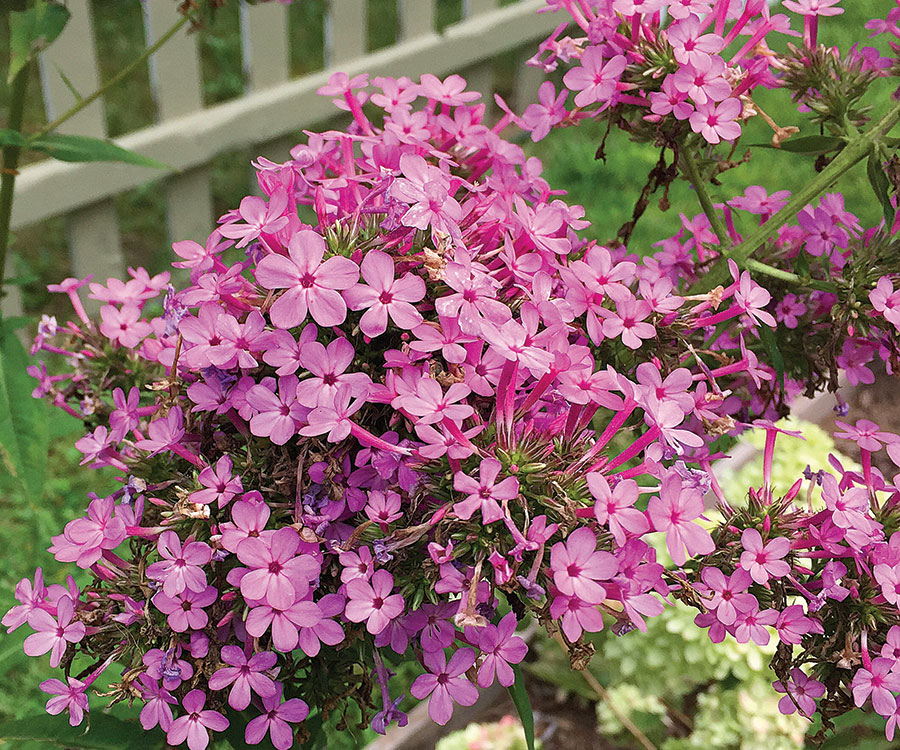
Research continues on testing native cultivars for wildlife attraction. This is often driven by citizen science efforts, which can be highly effective at gathering data by sharing the workload. One program currently underway is the Nativars Research Project sponsored by Budburst, an initiative of Chicago Botanic Garden, which is working with volunteers at CBG, Denver Botanic Gardens, and San Diego Botanic Gardens to collect 10-minute-interval observations to record the number and type of pollinators visiting flowers. This project is slated to run through fall 2022, so there is still time to participate and contribute to advancing knowledge in this field.
So what should you do?
At the completion of my study, I developed a series of recommendations for gardeners and horticulturists to consider implementing. First, include the straight species whenever possible. With the straight species, you can be certain that pollinators will respond to it. A cultivar, on the other hand, might or might not be better, but more research needs to be done. And planting the straight species increases the genetic diversity of a garden and creates a consumer demand for these important plants. If no straight species is available or you are taken with a particular cultivar, consider how the difference in the two plants might affect pollinators. If you do opt for a cultivar, keep an eye on it. If it doesn’t seem to be attracting as many pollinators as you might think, try adding another one to compare.
Given that many wild populations continue to exist in areas with direct proximity to housing developments, another recommendation is to proceed with caution when considering the planting of native cultivars in places where cross-pollination may affect vulnerable in situ species. While it might seem easy to suggest simply that native gardens should only be planted with straight species, the reality is that pollinators need our help, and having a greater diversity of species, potentially including cultivars, can effectively extend the nectaring season, providing insects with more opportunities for gathering the energy they need to complete their life cycles.
Science
How Cultivar Attributes Might Affect Pollinators
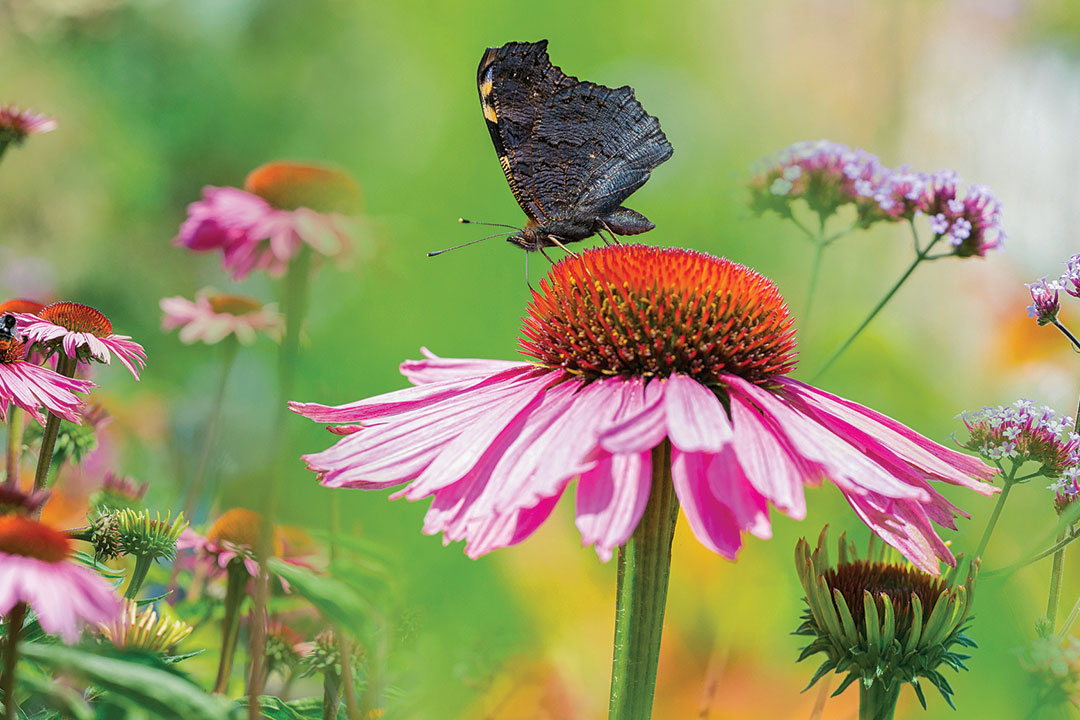
Double flowers
Physical changes in flower anatomy may restrict access to pollen and/or nectar for feeding.
Flower size
A wider corolla may increase dilution of nectar; a smaller corolla may concentrate nectar-enhancing rewards for pollinators.
Flower color
Different colors may alter cues associated with pollinator attraction.
Plant stature
Pollinators may prefer feeding higher or lower as a means of protection from predators.
Foliage color
This is probably benign for pollinators but not for insects who might feed on the foliage.
Bloom time
Many cultivars bloom earlier/later/longer. This can be good, or it can mess with the timing of when the pollinators need that plant. One of the biggest values of native cultivars is that they potentially extend the window of nectar/pollen benefits to wildlife.
Compact habit
This is unknown. It could be that some pollinators preferentially feed closer to the ground to avoid detection by birds and other predators. The opposite could be true too (e.g., Phlox ‘Jeana’ is supertall, and lots of pollinators feed on it). More study is needed on this topic to confirm.
Keith Nevison is the manager of the Center for Historic Plants at Monticello and the farm operations manager at the Thomas Jefferson Foundation.
Fine Gardening Recommended Products

Attracting Beneficial Bugs to Your Garden, Revised and Updated Second Edition: A Natural Approach to Pest Control
Fine Gardening receives a commission for items purchased through links on this site, including Amazon Associates and other affiliate advertising programs.

The Nature of Oaks: The Rich Ecology of Our Most Essential Native Trees
Fine Gardening receives a commission for items purchased through links on this site, including Amazon Associates and other affiliate advertising programs.

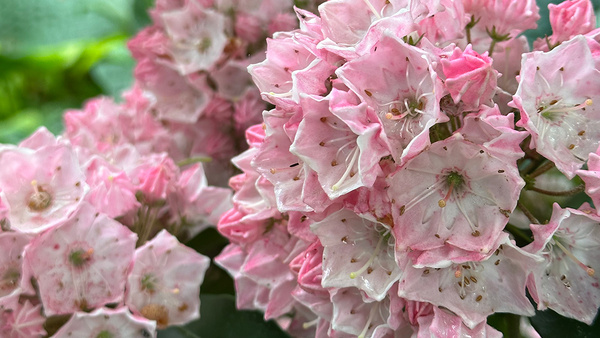
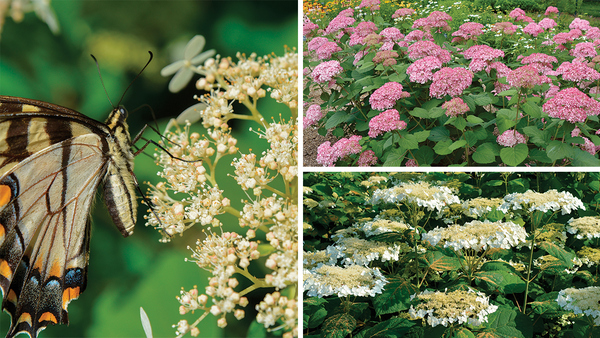

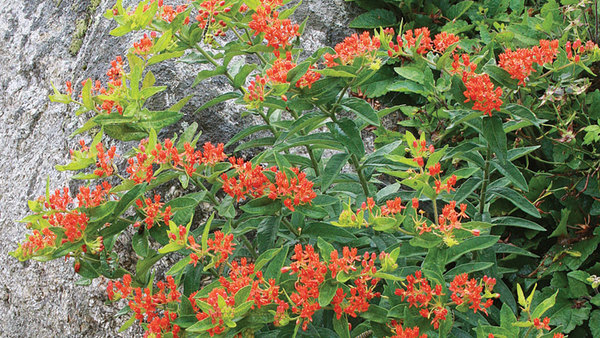













Comments
This was excellent and timely. I am researching along these lines over the winter as to what I should keep and what I should replace in my garden. Reading books by Doug Tallamy, Nancy Lawson, and numerous websites on native New England botany. Searching for answers to these very same questions/observations on the affects of cultivars. Your research makes me hopeful that some of my "natives" can stay. I will be watching this summer.
Really fascinating research! I try to plant natives, but admit that I haven't paid much attention to whether they are nativars - I'm hoping that while shopping at the local nursery there are cues to help shoppers figure it out!
These are excellent recommendations, and I commend Keith Nevison and the Mount Cuba Center for conducting studies such as this. We need more information on nativars and I would like to see plant breeders conduct studies, too. I would buy more nativars if they were trialed for wildlife benefits the way the are trialed for other attributes. Instead I buy from private native plant breeders in my area, but they cannot keep up with the growing demand. Maybe that's a good problem to have?
Log in or create an account to post a comment.
Sign up Log in